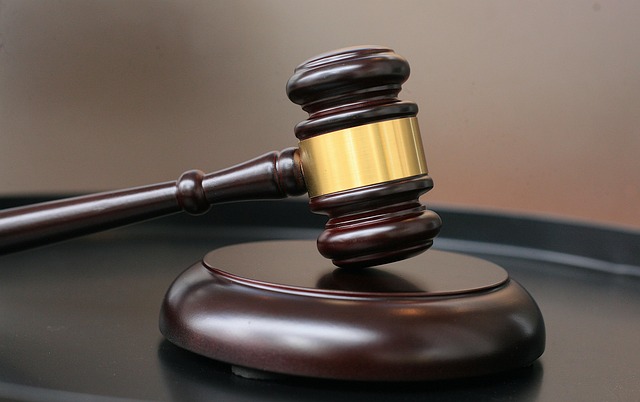Pedestrian accident compensation is a crucial legal right, secured by specialists who navigate complex tort law. These lawyers, through strategic tactics, maximize client entitlements by reviewing evidence, assessing injury severity, and negotiating settlements. Their expertise avoids costly disputes, ensuring victims receive fair reimbursement for medicals, pain & suffering, lost wages, and property damage, as demonstrated in successful cases of substantial compensation awards.
In the realm of personal injury law, maximizing pedestrian accident compensation is a nuanced art. This article delves into the strategies employed by lawyers to secure optimal payouts for clients involved in such incidents. We explore the legal framework governing pedestrian accidents and how attorneys navigate this complex landscape. Through analyzing real-world case studies, we uncover successful advocacy techniques that demonstrate the potential for significant compensation outcomes. Understanding these approaches is vital for both legal professionals and pedestrians alike, emphasizing the importance of expert representation in securing just rewards.
- Understanding Pedestrian Accident Compensation: The Legal Framework
- Strategies Lawyers Employ to Maximize Payouts
- Case Studies: Successful Advocacy and Compensation Outcomes
Understanding Pedestrian Accident Compensation: The Legal Framework

Pedestrian accident compensation is a crucial aspect of legal representation for those involved in such incidents. In many jurisdictions, laws mandate specific procedures and entitlements for victims, ensuring they receive fair and adequate reimbursement for their losses. This includes medical expenses, pain and suffering, lost wages, and other related costs. The legal framework surrounding pedestrian accidents typically involves tort law, which provides a means to hold negligent parties accountable.
Lawyers play a pivotal role in navigating these complexities by understanding the applicable laws and regulations. They help clients maximize compensation by thoroughly examining insurance policies, identifying potential breaches of contract or duties of care, and strategically negotiating with insurers. In cases where insurance coverage disputes arise, legal experts can advocate for their clients’ rights, ensuring they receive the full extent of the benefits they are entitled to, thereby avoiding lengthy and costly commercial disputes.
Strategies Lawyers Employ to Maximize Payouts

Lawyers play a pivotal role in maximizing pedestrian accident compensation by employing strategic tactics and a deep understanding of the legal system. They begin by meticulously reviewing every aspect of the case, gathering evidence such as medical records, witness statements, and police reports to strengthen their client’s claim. This involves assessing the severity of injuries, calculating the extent of property damage, and identifying liable parties.
In addition, lawyers leverage negotiation skills to secure favorable settlements. They communicate with insurance companies, presenting a compelling argument based on the gathered evidence. Through strategic negotiations, they aim to surpass initial offers, ensuring their clients receive fair compensation for medical expenses, pain and suffering, lost wages, and property damage claims. Lawyers also explore alternative avenues, such as pursuing legal action against government entities or negligent parties in real estate disputes, to enhance overall compensation.
Case Studies: Successful Advocacy and Compensation Outcomes

In the realm of pedestrian accident compensation, successful advocacy often hinges on robust case preparation and strategic legal arguments. Consider a recent case where a seasoned lawyer represented a client who suffered serious injuries after being struck by a vehicle while crossing an intersection. Through meticulous investigation, the attorney uncovered evidence of the driver’s negligence, including violations of traffic signals and excessive speed. This comprehensive approach led to a substantial accident settlement that far exceeded the initial offer from the insurance company.
Another compelling example involves a wrongful death claim where a family sought justice for a loved one who lost their life in a pedestrian crash. The lawyer successfully argued that the driver’s inattention and disregard for traffic rules contributed to the tragic incident. As a result, the court awarded the family a substantial compensation package, sending a clear message about the severity of such accidents and holding accountable those responsible for them. These case studies demonstrate how effective legal advocacy can maximize pedestrian accident compensation payouts, ensuring that victims and their families receive fair and just redress.
In conclusion, lawyers play a pivotal role in maximizing pedestrian accident compensation payouts by employing strategic legal tactics. Understanding the complex framework surrounding these cases is key, as is leveraging evidence, expert testimony, and negotiation skills to achieve fair outcomes for clients. As seen in successful case studies, competent advocacy can result in substantial compensation, ensuring that pedestrians injured through no fault of their own receive the support they need to recover and rebuild their lives.






